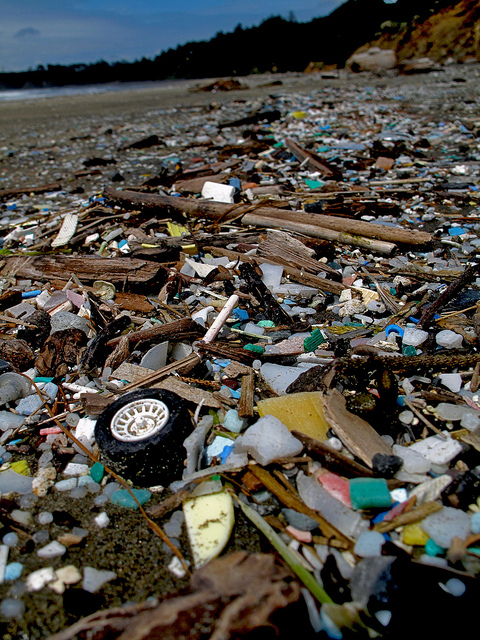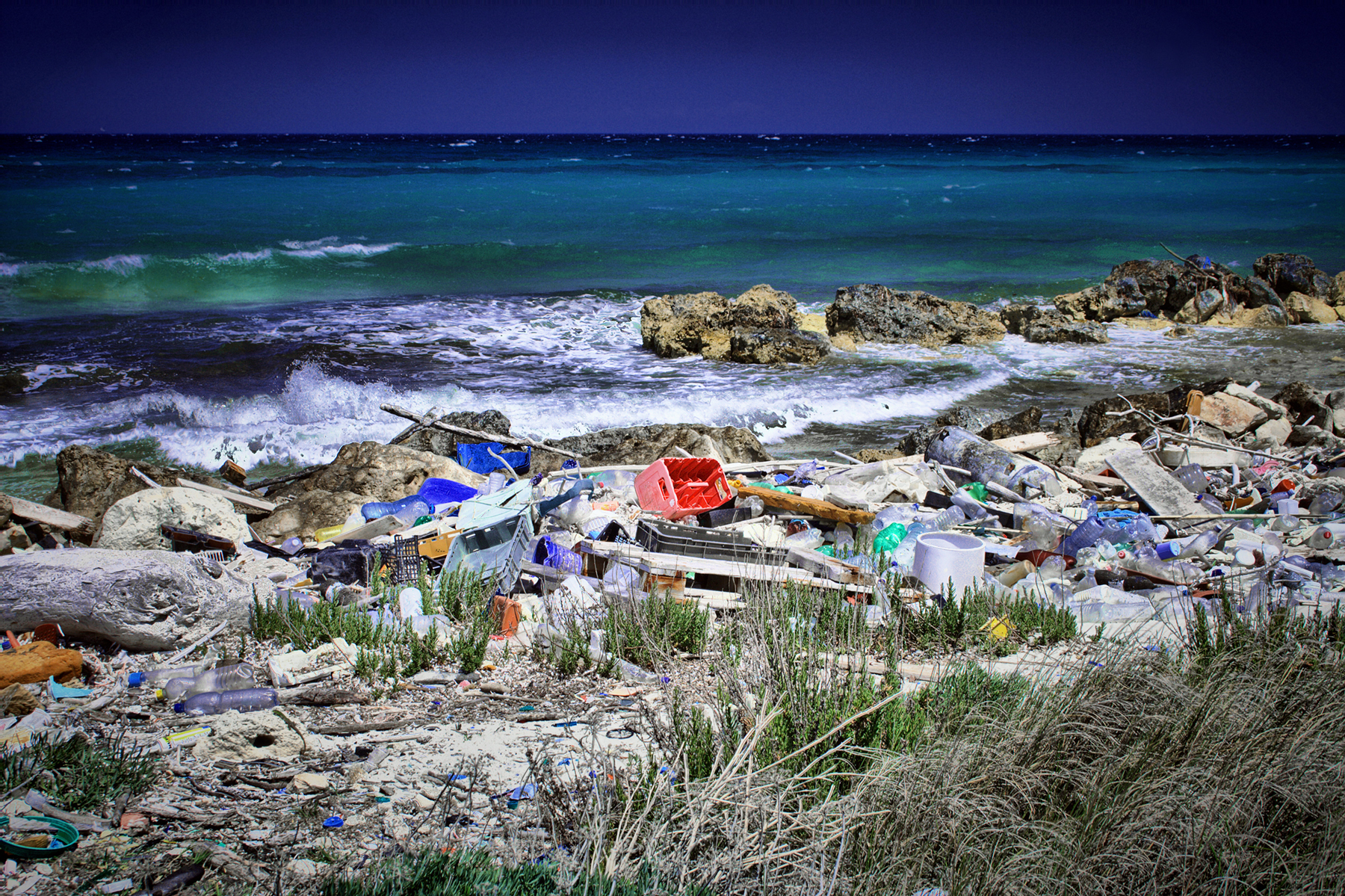Plastic is everywhere, in your muesli and milk packaging, in your toothbrush. It is in the Tupperware container with your lunch, in the take away coffee from the student union, it is in your laptop, your bike tire and your winter jacket.
Plastic can serve you for many years or just live for 10 minutes, the time you need to drink your coffee before throwing the cup away. If you are a student, you can probably manage at least 4 cups of coffee in 10 minutes.
So, why this article?

Plastic lasts forever, which is a good thing, if you want to use your Tupperware container for many years. However, most items only get used once, and then lie around or get thrown away. It is estimated that almost 9 million metric tons plastic have been produced on this planet.
But, where is all this plastic?
Some of the plastic gets recycled, some is horded and stored in landfills, and a lot ends up in our oceans. Currently, we have about the same amount (in weight) of plastic as fish swimming and drifting in the oceans. It can be found inside 90 percent of all bird life, and in almost all fish and mussles. There is plastic in the fish caught in UK fishing grounds and in mussels of the European shoreline.
Today, 8 million tons of plastic end up the ocean every single year, according to the organization Plastic Oceans. But with the human population growing, the plastic production is also increasing and may triple by 2050.
Wait, but how does it all get into the ocean?
Plastic littered along the shorelines is swept up by lakes and rivers and then flows along with the water, eventually ending in the oceans. It follows the circulation and then creates large garbage patches. The pieces then slowly dissolve, sink to the ground, or get eaten, first by animals, then by us.
Even the plastic we throw away properly does not just disappear. With 80% of the plastics in the ocean coming from land-based activities it is not hard to imagine that even though you might throw everything into the bin, some plastic might still find its way to the water.
Why is nobody doing anything?
Plastic is a polymer that is usually extracted from crude oil but in recent years, science has developed and now makes use of other materials such as corn and soybeans. Anyone can produce any type of plastic anywhere in the world. There are no regulations regarding the production and distribution of plastic. While organizations, individuals and countries are working to develop a way to free the oceans from plastic, no one seem to be concerned with the root cause – the production.
By Julia Glatthaar
Photo Credits:
Waste in a natural reserve by Paolo Margari, CC BY-NC-ND 2.0
Beach Invasion by Jason Karn, CC BY-ND 2.0
Marine Litter by Bo Eide, CC BY-NC 2.0











